Citrus
Citrus aphids Black aphid
Symptoms of damage
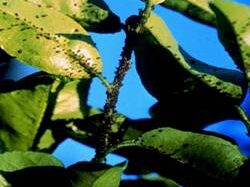
Crinkling of leaves

Adult wingless forms (apterae)
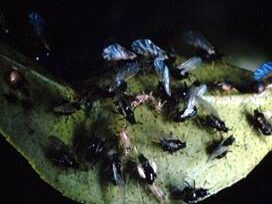
Adult winged forms (alatae)
Management
Citrus Black fly
Symptoms of damage
Identification of pest
Nymphs: Are flattened, oval in shape and scale like in appearance
Adult: Minute insect, shiny black with grey dusting on the body. Wings are extending beyond the tip of the abdomen.
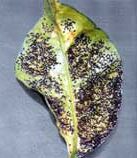
Black flies on leaf
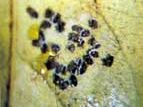
Close-up of Black flies
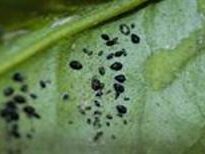
Black fly on leaves
Management
Citrus psyllid
Symptoms of damage

Psyllid infested plants

Sooty mould on leaves
Identification of pest
Nymphs: Are flattened, oval in shape with orange colour
Adult: Minute insect, shiny black with grey dusting on the body, wings are extending beyond the tip of the abdomen
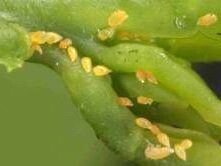
Egg

Nymphs

Adult
Management
Mealy bug
Symptoms of damage
Identification of pest
Eggs: Are laid in clusters, protective cottony mass
Nymphs: Are amber coloured with white waxy coating with filaments
Adult: Male is winged, long antenna and without mouth parts. Female is wingless, flat body and short, waxy filaments along the margins
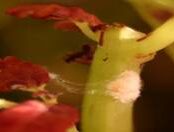
Egg mass
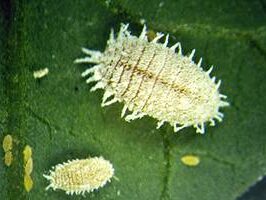
Adult female and crawlers

Mealy bug on fruits
Management
Fruit sucking moth
Symptoms of damage
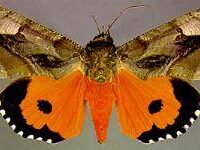
Female
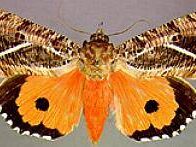
Male

Affected fruit
Identification of pest
Larva: orange blue and yellow spots on velvety dark speckled on the body
Adult: stout moth and orange coloured wing
Otheris materna: three black spots on the fore wing
Management

Citrus thrips
Symptoms of damage
Identification of pest
Adult: Yellowish, fringed wing
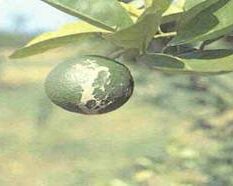
Scarring on Fruit
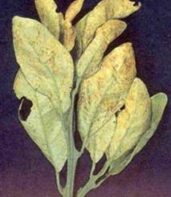
Shoot damage
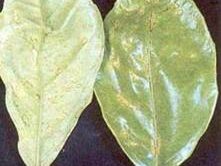
Leaf damage
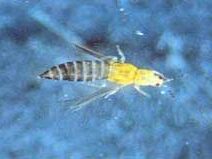
Egg mass
Management
Cottony cushion scale
Symptoms of damage
Identification of pest
Egg: White, ribbed masses that hold up to 800 red eggs
Nymphs: Are red with black legs and antennae
Adults: Are covered in white hair
Management
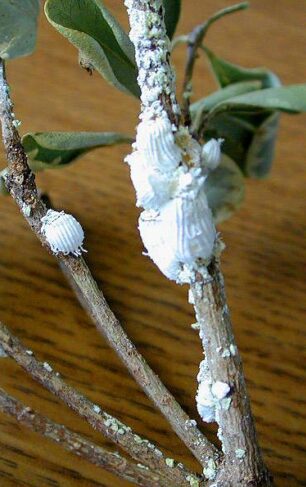
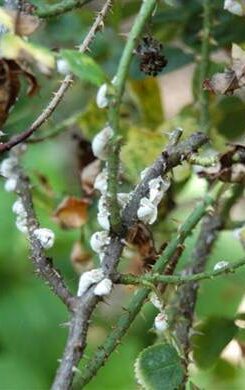
Citrus leaf miner
Symptoms of damage
Identification of pest
Eggs: Are minute, flattened presence on the lower side of the midrib
Larvae: Minute, yellowish or reddish and apodous settled down on the edge of the folded leaves
Adult: Minute moth, black spot at the tip of the fore wing

Serpentine larva

Crinkled leaves
Management
Citrus butterfly
Symptoms of damage
Identification of pest
Larva: Early stage larva resembles bird dropping. Grown up larva are cylindrical, stout, green and brown lateral bond
Adult: Dark brown swallowtail butterfly with numerous yellow marking
Management

Defoliation
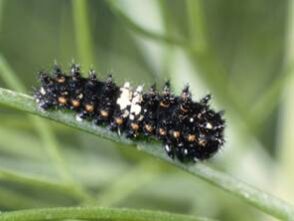
First instar

Third instar
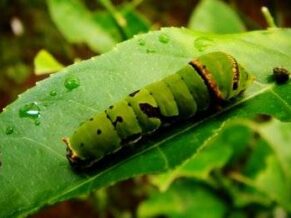
Larva feeding
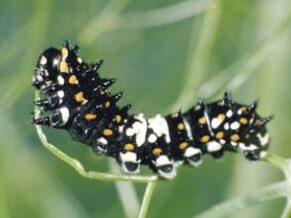
Second instar
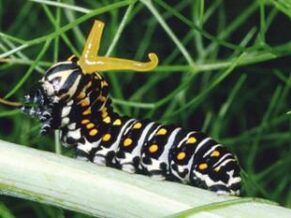
Fourth instar with osmotoria
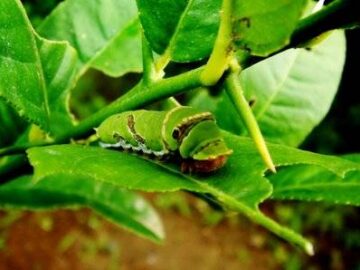
Grown up larva
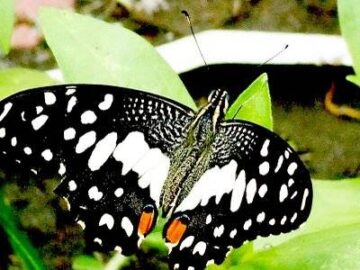
Adult
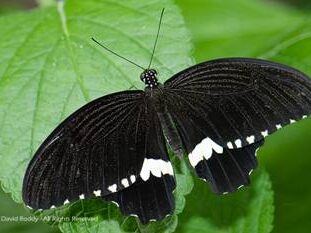
Adult
Source: https://tnau.ac.in/
